Please note that this club will have two race tracks and an air field. St Lucie County wants to approve the change of this property from AG-5 to SD (special district) to gain from the property taxes. The South Florida Water Management District plans to build abutting and just to the north, west and south of this property a Comprehensive Everglades Restoration Plan (CERP) project known as C-23/C-24 South Reservoir.
Performance tracks like the ones proposed by this project amendment have a high carbon footprint and high energy consumption. Its pollution can affect the reservoir, which is a part of the Indian River Lagoon-South (IRL-S) suite of projects.
St Lucie County soil survey says:
Water control measures are needed to overcome excessive wetness.
Sealing or lining with impervious soil material is needed for sewage lagoon areas.
Potential is low for septic tank absorption fields, playgrounds, trench type sanitary landfills, and shallow excavations.
Ten Mile Creek – Indian River Lagoon South
A critical component of CERP includes the C23/C24 STA and Reservoir system. This new system will include a northern diversion canal, which will provide a resource for excess stormwater to be discharged to the Ten Mile Creek, which is one of St. Lucie County’s main drainage conveyances that runs straight down the middle of the county, impacting many larger residential communities, and eventually draining to the St. Lucie River and Estuary.
Remind the St. Lucie County commissioners that they are supposed to support coordination with the Florida Department of Environmental Protection, South Florida Water Management District, US Army Corp of Engineers, and the public to address the critical system impact of Ten Mile Creek and its influence on drainage and water quality for County residents.
If the County allows this project, it will be going against its 2024 St. Lucie County Guiding Principles, which says St. Lucie County supports key investments into Environmental and Natural Resources that protect Florida’s fragile environment, strengthens our resilience against the impacts of climate change, addresses the stresses and impacts of continued growth on our Lagoon, lakes, rivers, streams, beaches, and ocean. This guiding principle includes water and environmental projects critical to the county and region, comprehensive Everglades restoration and investments into the health and sustainability of the Indian River Lagoon.
Conservation Policy 6.1.1.5 - The County shall continue to review implementable measures that would effectively reduce greenhouse gas emissions.
Conservation Policy 6.1.1.2 - St. Lucie County shall facilitate development that maximizes energy efficiency and sustainability.
See: https://floridadep.gov/water/source-drinking-water/content/hazardous-materialspetroleum-spills-swo-incidents
Hazardous-materials spills in St Lucie County shows 155.
— From Diane Goldberg







